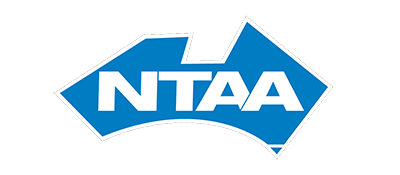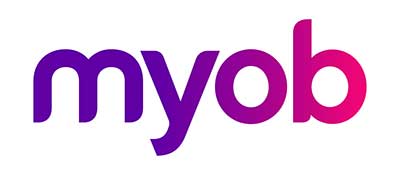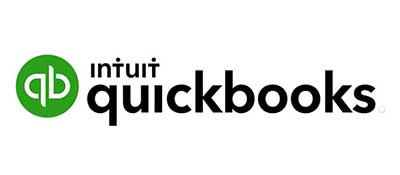Business structures are probably the most often overlooked aspect of starting any business yet can have a big impact on the life of the owner. New business owners are (understandably) often looking to minimise costs, so in a lot of cases they don’t seek professional advice when choosing the business structure for their business. This means they often either operate as a sole trader by default or have a go at drawing up legal paperwork themselves – sometimes with disastrous consequences.
What is a business structure?
A business structure is the legal entity through which a business owner operates their business.
What should be considered when choosing a business structure?
- Asset Protection
- Taxation
- Flexibility
- Succession
- Cost (both setup and maintenance)
Why is it important to get the business structure right?
Trading through the wrong business structure can be a problem for a number of reasons:
- The business owner’s personal assets may be unknowingly at risk
- The business owner may be paying more tax than they need to
- The structure might not provide the type of flexibility which is needed
- The structure might not work with the business owner’s exit strategy
- The structure may cost more to maintain than the benefit it provides
- Restructuring can be complex, inconvenient and costly
What types of structures are there?
There’s quite a few, however most small to medium business owners operate through 1 of 4 different structures:
- Sole Trader
- Partnership
- Company
- Trust (usually a discretionary or unit trust)
What are the advantages and disadvantages of each structure?
| STRUCTURE TYPE | ADVANTAGES | DISADVANTAGES |
|---|---|---|
| Sole Trader | • Easiest and cheapest to both set up and maintain. • Tax obligations are included on the business owner’s individual tax return. | • No asset protection – this means that 100% of the business owner’s personal assets are at risk (e.g. family home) if they or one of their employees gets sued, or if the business racks up debt. • Inflexible – the business owner pays tax on 100% of the profits each year at whatever marginal tax rate their income falls into. • For profitable businesses (e.g. > $100K p.a.), the business owner will likely pay more tax under this structure than any other. • Business name registration is required in order to trade as something other than the business owner’s name. |
| Partnership | • Relatively easy to set up and maintain. • Profit can be split between the partners according to the partnership agreement. | • No asset protection – this means that 100% of the partner’s personal assets are at risk (e.g. family home) if they or one of their employees gets sued, or if the business racks up debt. • Each partner is liable for any legal action taken against the other partner. • Inflexible – the partnership ceases if one of the partners leaves or a new partner wants to join. • Conflict can result where there is no partnership agreement in place. • The business owners pay tax at their marginal tax rates each year. This is a bad thing if the business income varies significantly each year. • A separate tax return needs to be prepared each year. |
| Company | • The business owner’s personal assets are protected in most cases. • The company pays tax at a flat rate on profit each year. The directors can declare dividends as and when they see fit. • Company tax credits (aka franking credits) can be passed onto shareholders to reduce their tax liabilities. • Company shares can be bought or sold relatively easily to transfer ownership with minimal disruption. | • More costly to set up than most structures. More costly to maintain. • A separate tax return needs to be prepared each year. • Doesn’t have access to the 50% capital gains tax discount. |
| Trust | • The business owner’s personal assets are protected in most cases (where a company is used as the trustee). • Discretionary trusts allow the choice of who receives and pays tax on the income each year. • It’s easy to transfer ownership of the trust. • The most flexible structure. | • Most costly structure to set up (where a company is used as the trustee). More costly to maintain. • A separate tax return needs to be prepared each year. • It’s harder to keep profits inside the trust than using a company. |
So, which business structure is the best?
Some will say that trading as sole trader is the best business structure due to its simplicity and smallest cost. Whilst that is true for some owners, the unlimited personal liability is potentially a huge draw back. The counter argument is that the increased cost is just another form of insurance – like home or car insurance.
Others will say that every business should operate as a company. Whilst it’s true that a company offers benefits that some of the other business structures don’t, for microbusinesses comfortable with accepting the business risk the additional cost doesn’t make sense.
Despite what some people say, the truth is there’s no one size fits all approach to business structures. In some cases the ideal structure might actually be a combination of multiple entities. The best way get the it right is to talk to a professional (e.g. accountant).
A good adviser will take the following into consideration:
- The size of the business
- The future expectations and aspirations of the business
- The family situation of the business owner
- The plan for the business when the owner wants out








